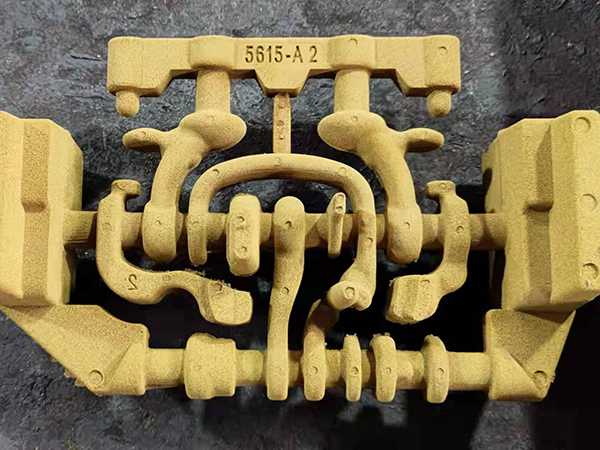 Sandstones have been used for construction since ancient times, from the Great Pyramids of Egypt to the towering sandstone cliffs of Utah Sandstones have been used for construction since ancient times, from the Great Pyramids of Egypt to the towering sandstone cliffs of Utah
Sandstones have been used for construction since ancient times, from the Great Pyramids of Egypt to the towering sandstone cliffs of Utah Sandstones have been used for construction since ancient times, from the Great Pyramids of Egypt to the towering sandstone cliffs of Utah sand sintering. The sintering process gives these rocks their strength and durability, making them suitable for various architectural and engineering applications.
Moreover, sand sintering also influences the formation of other geological features. In areas with active volcanism, like Hawaii, sintered sand can form unique landforms called 'pahoehoe' lava, characterized by its smooth, ropy texture. Similarly, in desert environments, rapid cooling during sandstorms can lead to the sintering of sand particles, forming hard, cemented layers known as desert pavements.
Understanding the mechanics of sand sintering is not only important for geologists but also for engineers involved in fields like foundry work, where sintering techniques are employed to create metal components. It also holds implications for environmental science, particularly in understanding soil stability and the impact of climate change on Earth's surface processes.
In conclusion, sand sintering is a remarkable natural process that underscores the dynamic nature of our planet. It is a testament to the power of heat, pressure, and time in transforming even the smallest particles into enduring geological structures. Further research into this process will continue to shed light on the complex interplay between geology, climate, and the ever-evolving Earth's surface.
Post time:Jun . 28, 2024 01:30
sand sintering. The sintering process gives these rocks their strength and durability, making them suitable for various architectural and engineering applications.
Moreover, sand sintering also influences the formation of other geological features. In areas with active volcanism, like Hawaii, sintered sand can form unique landforms called 'pahoehoe' lava, characterized by its smooth, ropy texture. Similarly, in desert environments, rapid cooling during sandstorms can lead to the sintering of sand particles, forming hard, cemented layers known as desert pavements.
Understanding the mechanics of sand sintering is not only important for geologists but also for engineers involved in fields like foundry work, where sintering techniques are employed to create metal components. It also holds implications for environmental science, particularly in understanding soil stability and the impact of climate change on Earth's surface processes.
In conclusion, sand sintering is a remarkable natural process that underscores the dynamic nature of our planet. It is a testament to the power of heat, pressure, and time in transforming even the smallest particles into enduring geological structures. Further research into this process will continue to shed light on the complex interplay between geology, climate, and the ever-evolving Earth's surface.
Post time:Jun . 28, 2024 01:30
Next:Smoothening Techniques for Small 3D Prints A Comprehensive Guide
